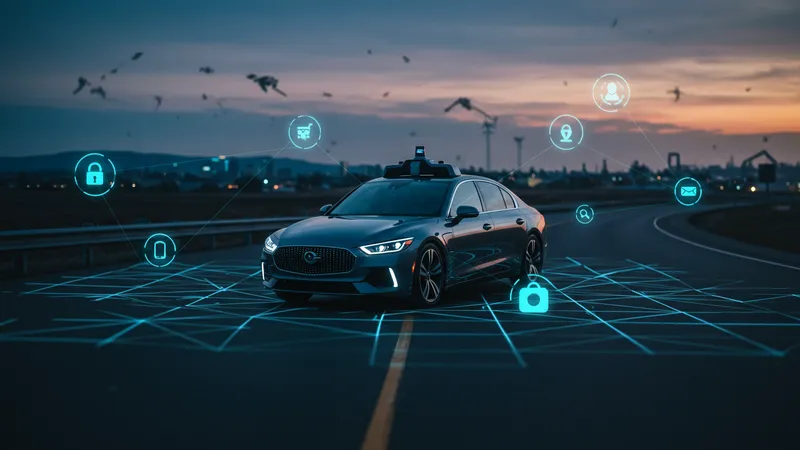
Software-Defined Vehicles: Redefining Mobility Through Code
Connectivity Risks: The Double-Edged Sword
SDVs bring a new level of connected convenience but come with inherent risks. With their ability to communicate with external networks, these vehicles face heightened vulnerability to cyber threats and hacking attempts. This presents a critical challenge for manufacturers who must balance connectivity benefits with robust security.

The risk of unauthorized access to vehicle systems isn’t just technical—it poses profound safety implications. If breached, systems managing crucial driving functions like steering or braking could be manipulated, sparking fear and legislative debate. The connection between software and control needs careful regulation and oversight.
Surprisingly, such concerns drive innovation, as companies are compelled to develop cutting-edge cyber defense mechanisms, fortified with adaptive learning and anomaly detection. Collaborations between automakers and cybersecurity firms aim to build digital architectures that stand resilient against evolving threats.
Despite these challenges, connectivity remains a cornerstone of SDVs’ future, offering transformative experiences like personalized infotainment and real-time traffic updates. Treading this complex path requires manufacturers to innovate responsibly, ensuring the rewards far outweigh potential risks.